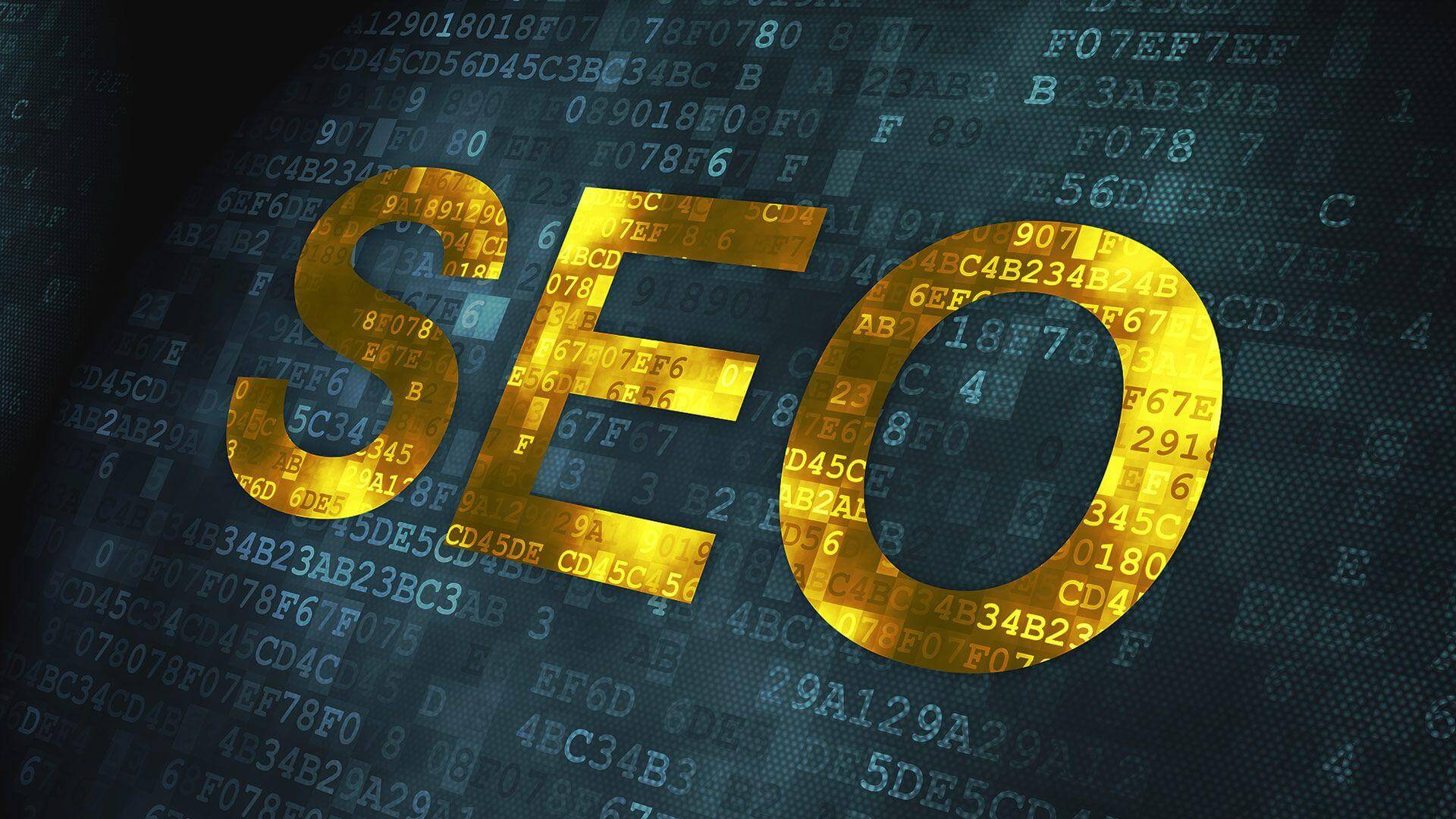History
The development of digital marketing is inseparable from technology development, when Ray Tomlinson sent the first email, and his technology set the platform to allow people to send and receive files through different machines.
However, the more recognizable period as being the start of Digital Marketing is 1990 as this was where the Archie search engine was created as an index for FTP sites. In the 1980s, the storage capacity of computers was already big enough to store huge volumes of customer information. Companies started choosing online techniques, such as database marketing, rather than limited list broker. These kinds of databases allowed companies to track customers’ information more effectively, thus transforming the relationship between buyer and seller. However, the manual process was not as efficient.
At a high level, digital marketing refers to advertising delivered through digital channels such as search engines, websites, social media, email, and mobile apps. Using these online media channels, digital marketing is the method by which companies endorse goods, services, and brands. Consumers heavily rely on digital means to research products. For example, Think with Google marketing insights found that 48% of consumers start their inquiries on search engines, while 33% look to brand websites and 26% search within mobile applications…
Awareness
One of the key objectives of modern digital marketing is to raise brand awareness, the extent to which customers and the general public are familiar with and recognize a particular brand.
Enhancing brand awareness is important in digital marketing, and marketing in general, because of its impact on brand perception and consumer decision-making. According to the 2015 essay, “Impact of Brand on Consumer Behavior”
“Brand awareness, as one of the fundamental dimensions of brand equity, is often considered to be a prerequisite of consumers’ buying decision, as it represents the main factor for including a brand in the consideration set. Brand awareness can also influence consumers’ perceived risk assessment and their confidence in the purchase decision, due to familiarity with the brand and its characteristics.”
Methods
Digital marketing strategies may include the use of one or more online channels and techniques (omnichannel) to increase brand awareness among consumers.
Search Engine Optimization (SEO)
Search engine optimization techniques may be used to improve the visibility of business websites and brand-related content for common industry-related search queries. The importance of SEO to increasing brand awareness is said to correlate with the growing influence of search results and search features like featured snippets, knowledge panels, and local SEO on customer behavior.
Search Engine Marketing (SEM)
SEM, also known as PPC advertising, involves the purchase of ad space in prominent, visible positions atop search results pages and websites. Search ads have been shown to have a positive impact on brand recognition, awareness and conversions. 33% of searchers who click on paid ads do so because they directly respond to their particular search query.
Social Media Marketing (SMM)
70% of marketers list increasing brand awareness as their number one goal for marketing on social media platforms. Facebook, Instagram, Twitter, and YouTube are listed as the top platforms currently used by social media marketing teams.
Content Marketing (CM)
56% of marketers believe personalized content – brand-centered blogs, articles, social updates, videos, landing pages – improves brand recall and engagement. According to Mentionlytics, an active and consistent content strategy that incorporates elements of interactive content creation, social posting, and guest blogging can improve brand awareness and loyalty by 88%.


